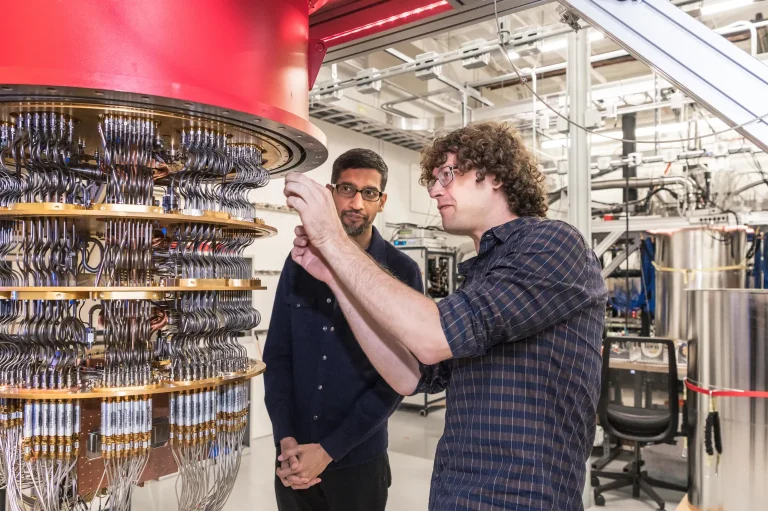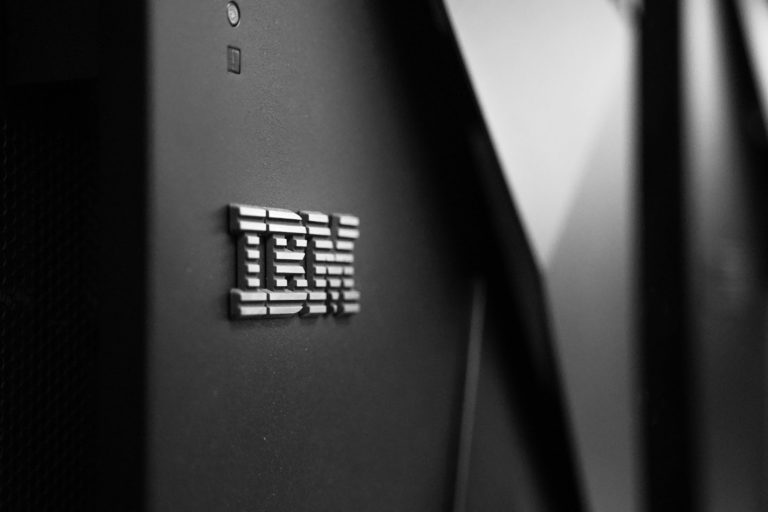Today, the quantum computer is on the rise with its amazing work power and a quantum advantage known as “Qubits” that allows it to solve problems that no classical computer ever can. In principle, a quantum computer with 300 qubits fully devoted to computation (no error correction) could perform more calculations in a single instant than atoms in the visible universe.
Albuquerque-based Sandia National Laboratories has come up with a faster, more accurate benchmark suite for quantum computers, called a mirror circuit – which first performs the calculations and then reverses them.
The limitations of present benchmarking methods:
According to scientists at Sandia National Laboratories, it is difficult to predict a quantum processor’s potential. The current benchmarking programs do not scale well to quantum computers with many qubits. Moreover, they claim that existing quantum benchmarks aren’t flexible enough to provide an accurate view of processor capabilities across a wide range of potential applications.
A new benchmark for quantum computing: the mirror circuit
Timothy Proctor, rescarcher at Sandia National Laboratories, USA, and his colleagues have created circuit mirroring to create benchmarks for quantum computers in a recently published study. The “mirror circuits” method turns any quantum program into an ensemble of closely related benchmark programs, which perform a set of calculations and reverse it.
Performing each mirror circuit is as difficult as executing the quantum program on which they are based. However, mirror circuits have simple, predictable outcomes in contrast to many quantum programs. Consequently, mirror circuits can be used to verify the capabilities of quantum processors by running benchmarks similar to quantum programs the computers may run. They created two benchmark programs using circuit mirroring—one that runs quantum processors through randomised sequences of operations, and the other that uses highly structured procedures.
Currently, quantum benchmarking relies mostly on randomised programs. However, in Proctor’s opinion, randomised benchmarks are not as helpful as the more structured programs used by quantum computers to implement quantum algorithms.
According to Proctor and his colleagues, whether or not quantum computers performed well on randomised mirror circuits did not predict how well they would perform on more orderly mirror circuits. This is because its mirror circuit structure heavily influences a quantum processor’s performance, while other conventional processors show little evidence of this relationship.
Benchmarks employing the reversal technique used in mirror circuits may fail to detect many key errors. To ensure that the new benchmarks are sensitive to all errors, Proctor inserted a random element between a forward and reversed circuit, the two main components of a mirror circuit.
Competitors of the mirror circuit:
Circuit mirroring competes with several quantum benchmarking methods, such as cycle benchmarking developed by theoretical physicist Joseph Emerson at the University of Waterloo in Canada.
According to Joseph Emerson, head of the quantum strategy at Keysight Technologies, cycle benchmarking is better suited for understanding the performance of applications—it is a scalable method for benchmarking the performance of quantum hardware tailored to specific algorithms and applications.
The difference between cycle benchmarking and circuit mirroring is that cycle benchmarking measures error rates on a set of quantum gates. These gates are the quantum version of conventional computer logic gates used for computations. In contrast, circuit mirroring measures a quantum computer’s performance on a complete computation. Thus, Proctor suggests they are fundamentally different tools.
“Theoretically, circuit mirroring can be combined with other benchmarks, such as quantum volume, to generate scalable versions of these yardsticks, which I think will be very exciting to the community,” said Proctor.



















































































